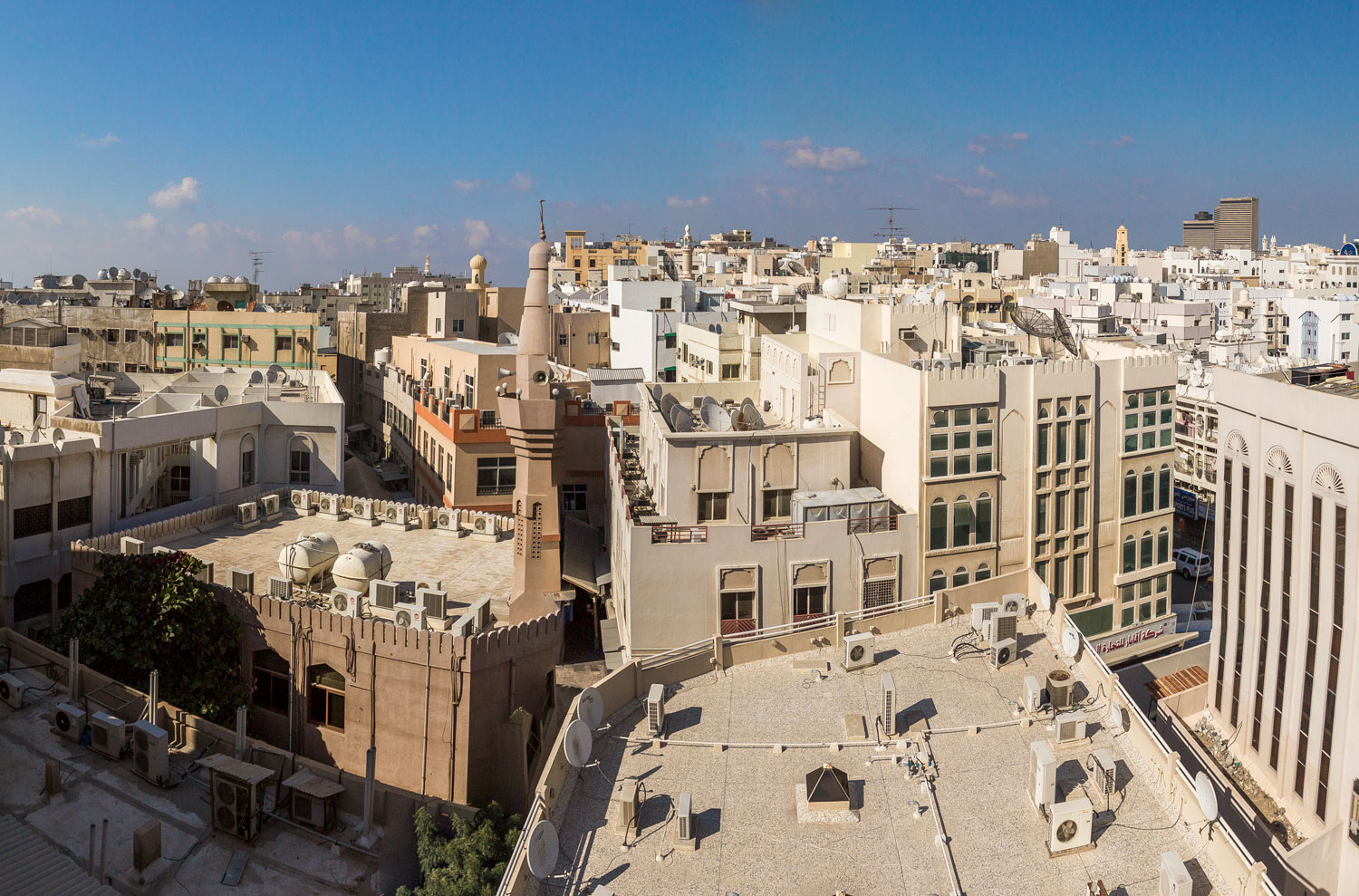Dubai. Part three.
Old town
From the Dubai perspective, it looks like this.



Just step away a little, and it’s almost a desert.

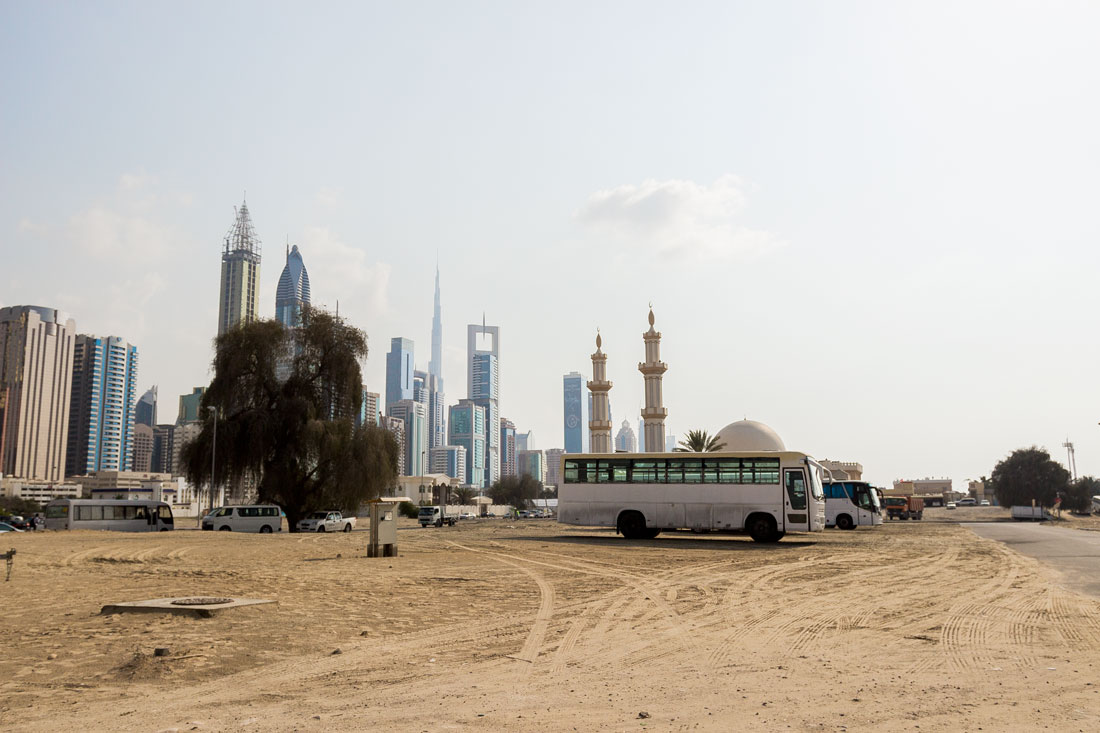
The palm trees are wilting from the heat.

Buses with trucks are parked.
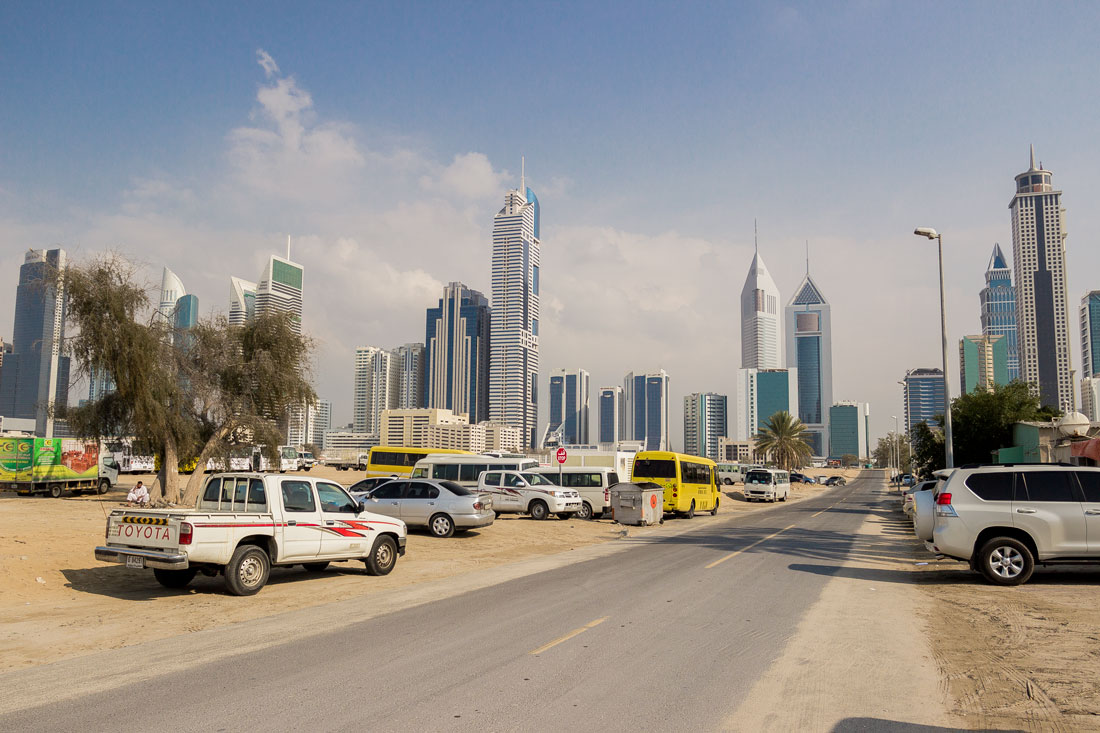
Mosques tower above.

Drivers are heading from work. In these areas of Dubai, the majority of residents are migrant workers from Pakistan, Iran, and India. Dubai is predominantly composed of migrants, with only about 20% being native inhabitants and the remaining 80% being immigrants. They are mainly employed in service roles, as tourism is vigorously developed here. The overwhelming majority of the population knows English, although they speak it with a noticeable accent.

Doors.


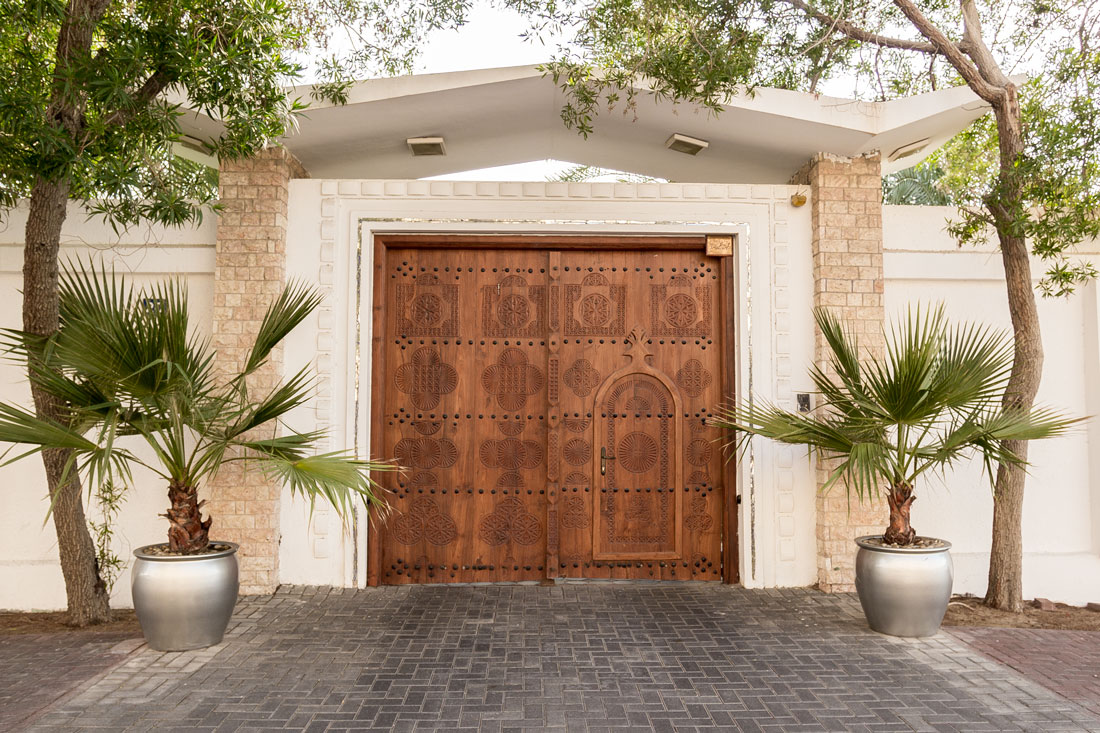
Streets.
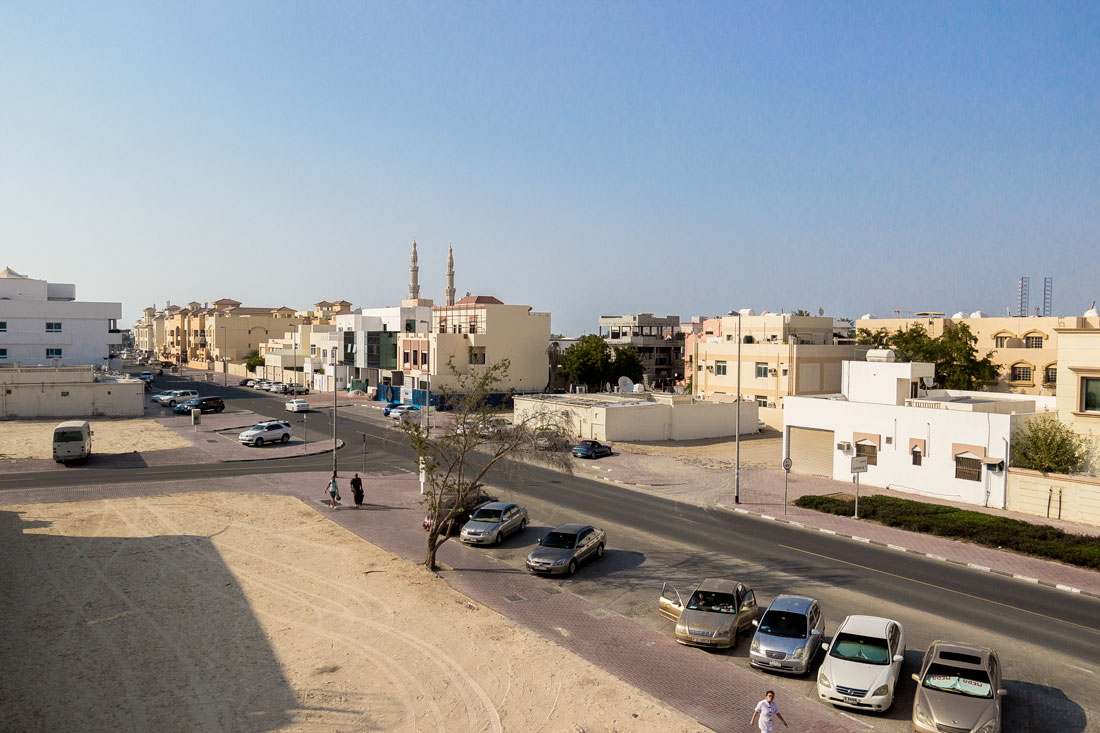





Facades of houses and shops.

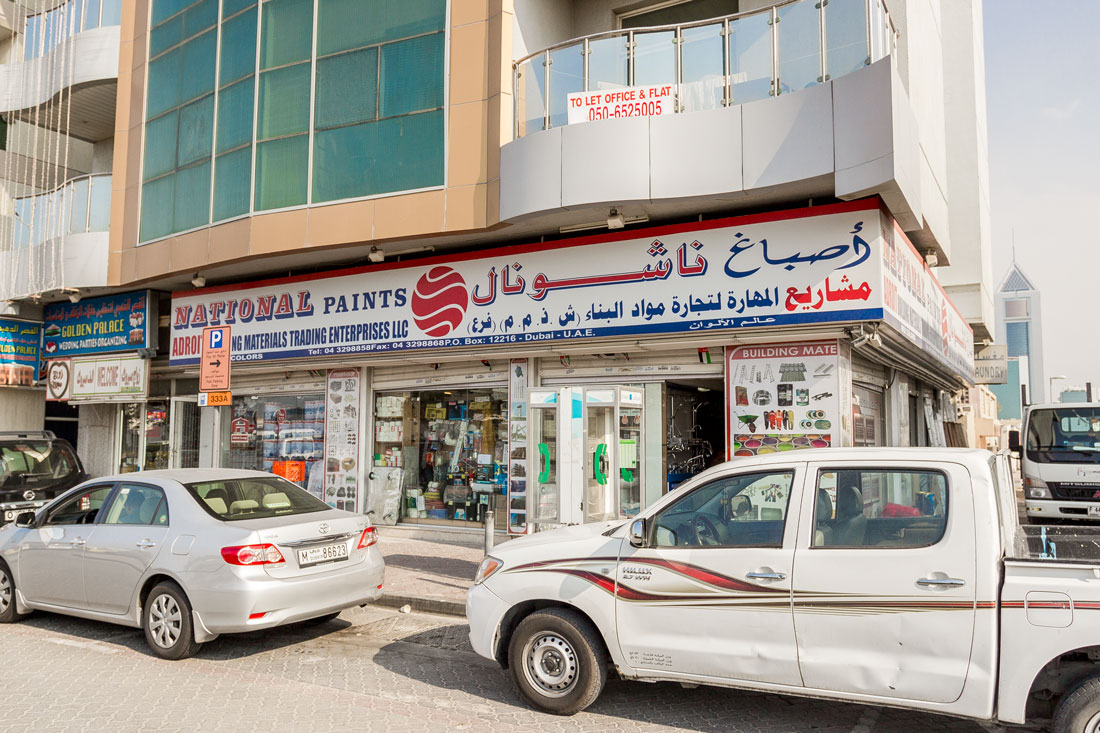



Backyards. It must be said that Dubai is exceptionally clean everywhere. To find dirt, one needs to actively seek it out. Such unsightly alleys are rare, and they are not dirty at all. Yes, there may be dusty carpets and drying laundry, but that’s not dirt. Scattered bottles, cans, and garbage bags are practically non-existent in the city.



One of the major streets.

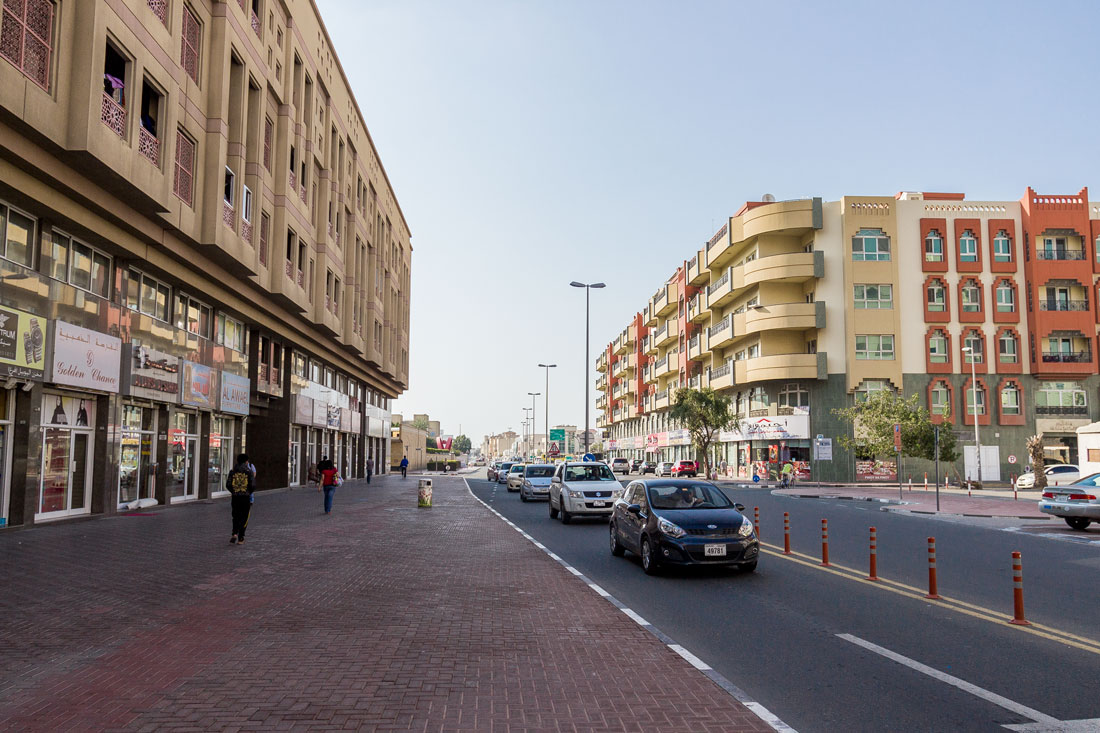

Overpass.

Street sign. Rare streets in Dubai have meaningful names; usually, they are a combination of numbers and letters.

Plaque.

Washbasins are used for ablution before prayer.

Hospital and ambulance.

Old town
Dubai is too modern a city for slums. Nonetheless, there is a small old town here, located in the area called Deira. The famous Gold Souk and various bustling marketplaces are situated here. It’s quite challenging to pass by without being lured in and compelled to buy any kind of merchandise.

The area is dotted with narrow alleyways.


Trade is booming. The dialogue usually goes like this:
“Hello. How much does Arab clothing cost?”
“Oh, greetings! Come in, my dear.”
“No, wait, I just wanted to know the price.”
“Oh, come on, come in. Let me show you.”
I enter. The merchant takes out the clothes and starts praising them.
“Look at the material. Excellent quality!”
“Alright, alright, but how much does it cost?”
“Try it on.”
“Why? I just wanted to know the price.”
“Try it on, try it on.”
“Um... well, okay.”
He takes my camera and takes a photo of me in the costume.
“Look, like a true sheikh!”
“Wonderful. So, how much does it cost?”
“Oh... how much would you give?”
“I have no idea.”
“Well, let’s say a thousand dirhams (270 dollars) for all three items.”
Then begins an open negotiation where you can easily reduce the price by half, or even three to four times if you strike a pose. They say that bargaining is considered a sign of acknowledging the quality of the product, showing respect to the seller, and demonstrating your knowledge. Perhaps it’s an exaggeration, but bargaining is indeed necessary. In the end, I got the suit for 400 dirhams (54 dollars). Maybe it was worth walking out of the store at the critical moment, so that the seller would catch up and lower the price by another half, but the suit was genuinely good, and my European mindset couldn’t handle such bold bargaining.

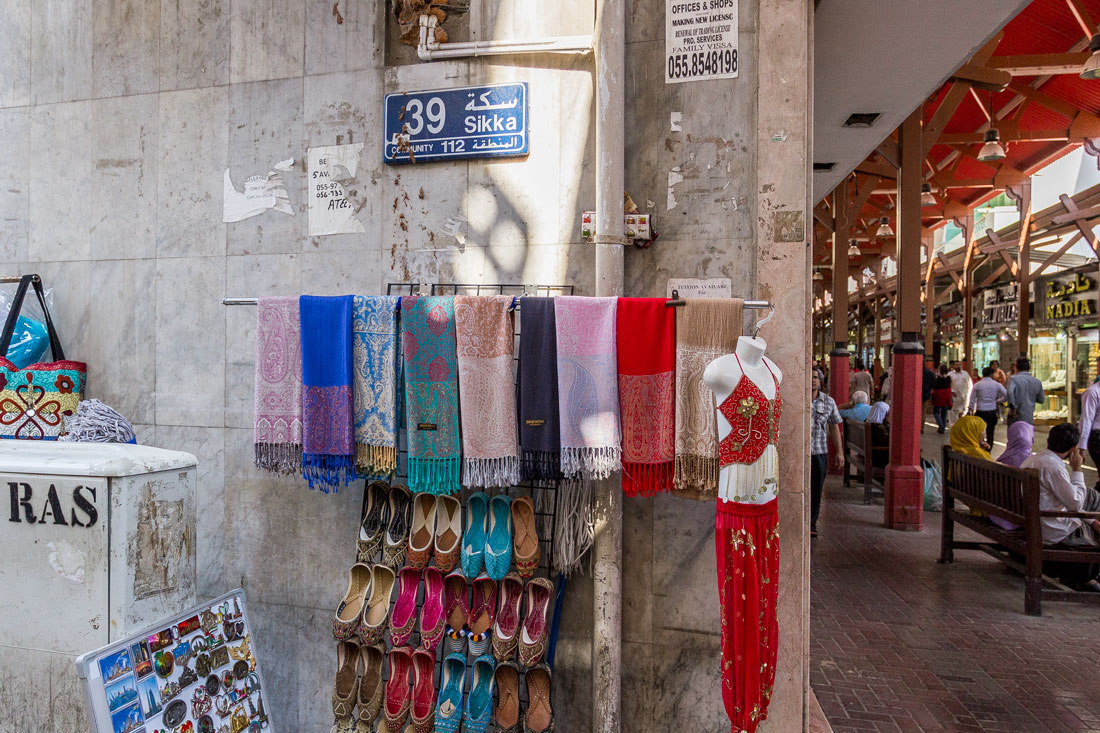

The Gold Souk itself.
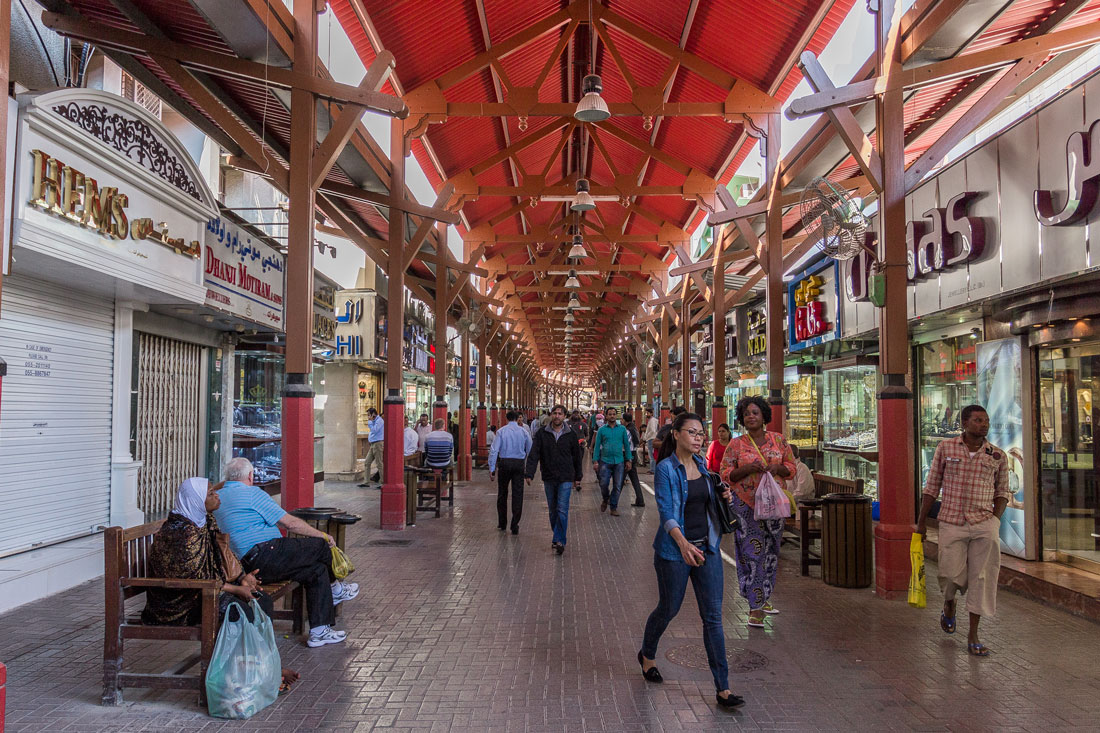
The Spice Souk (Spice Market).


Passing streets and facades of buildings.
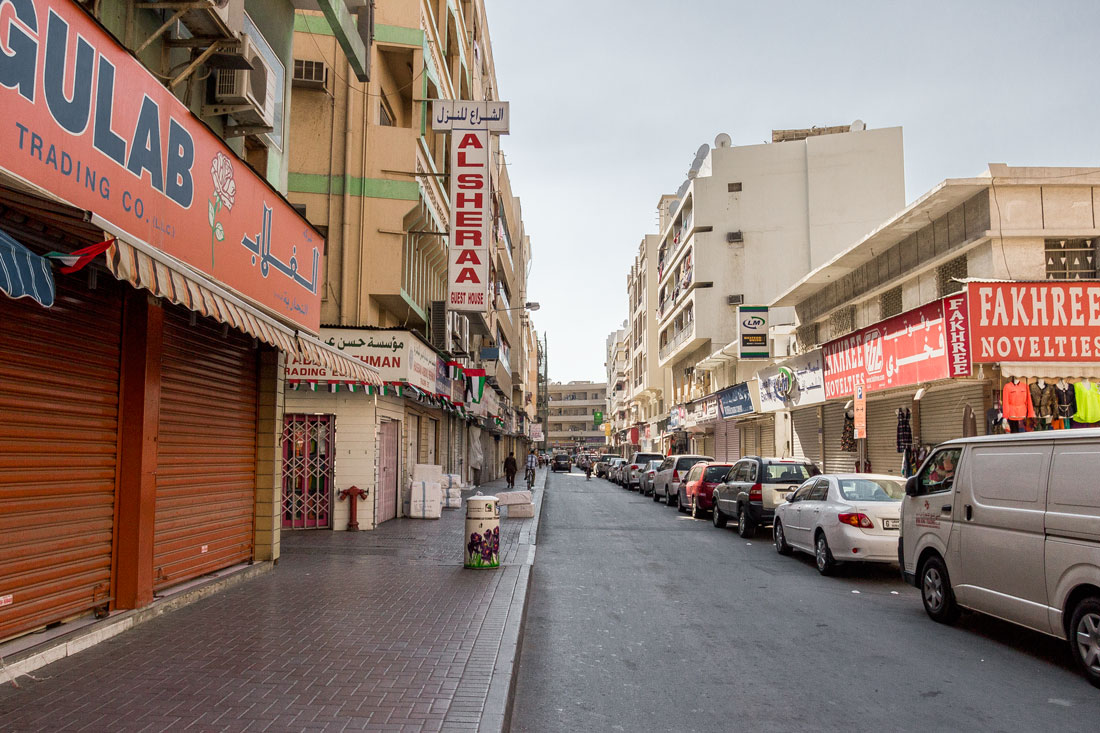
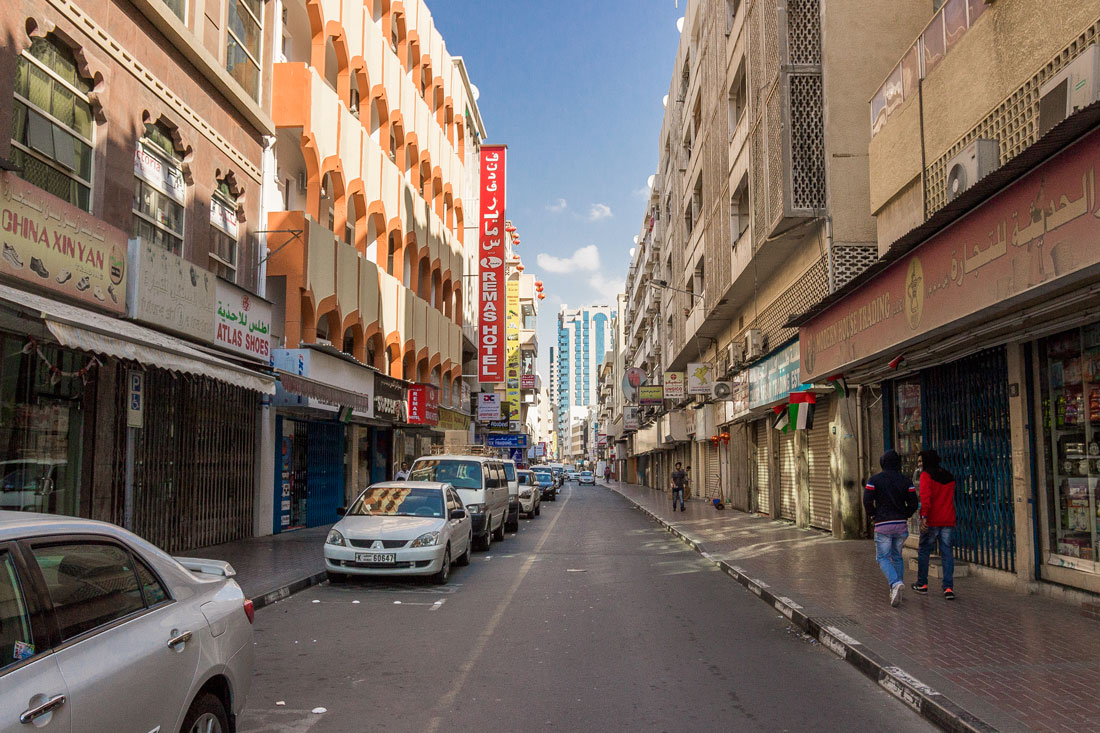



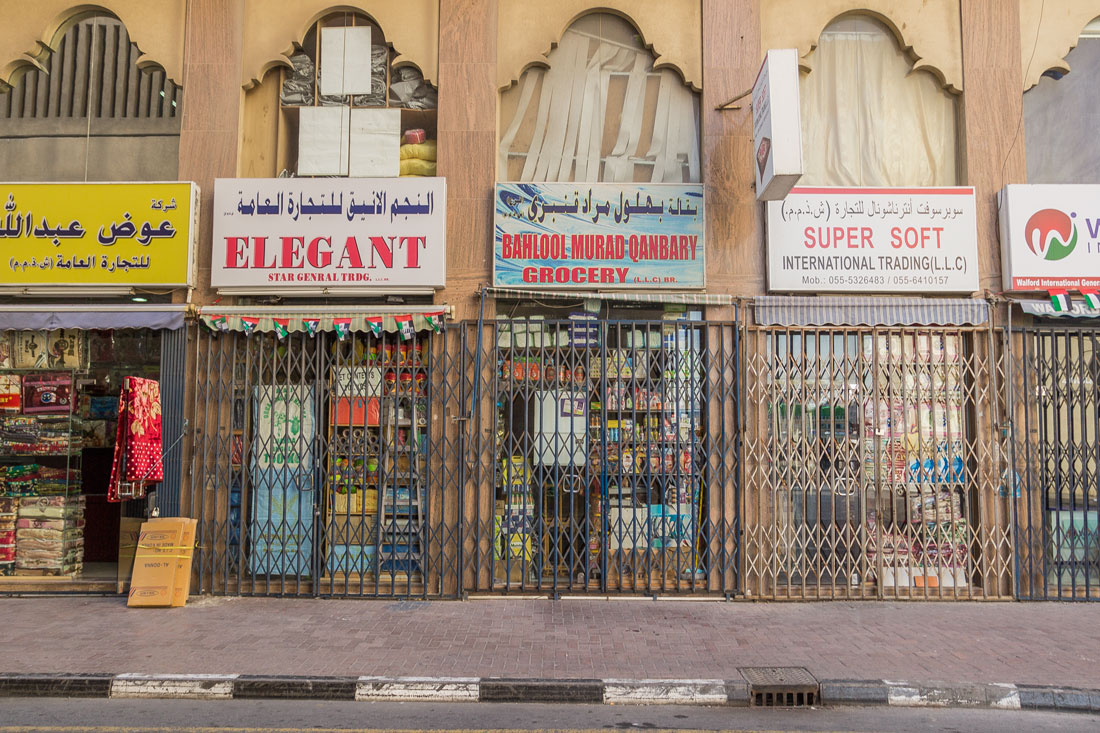
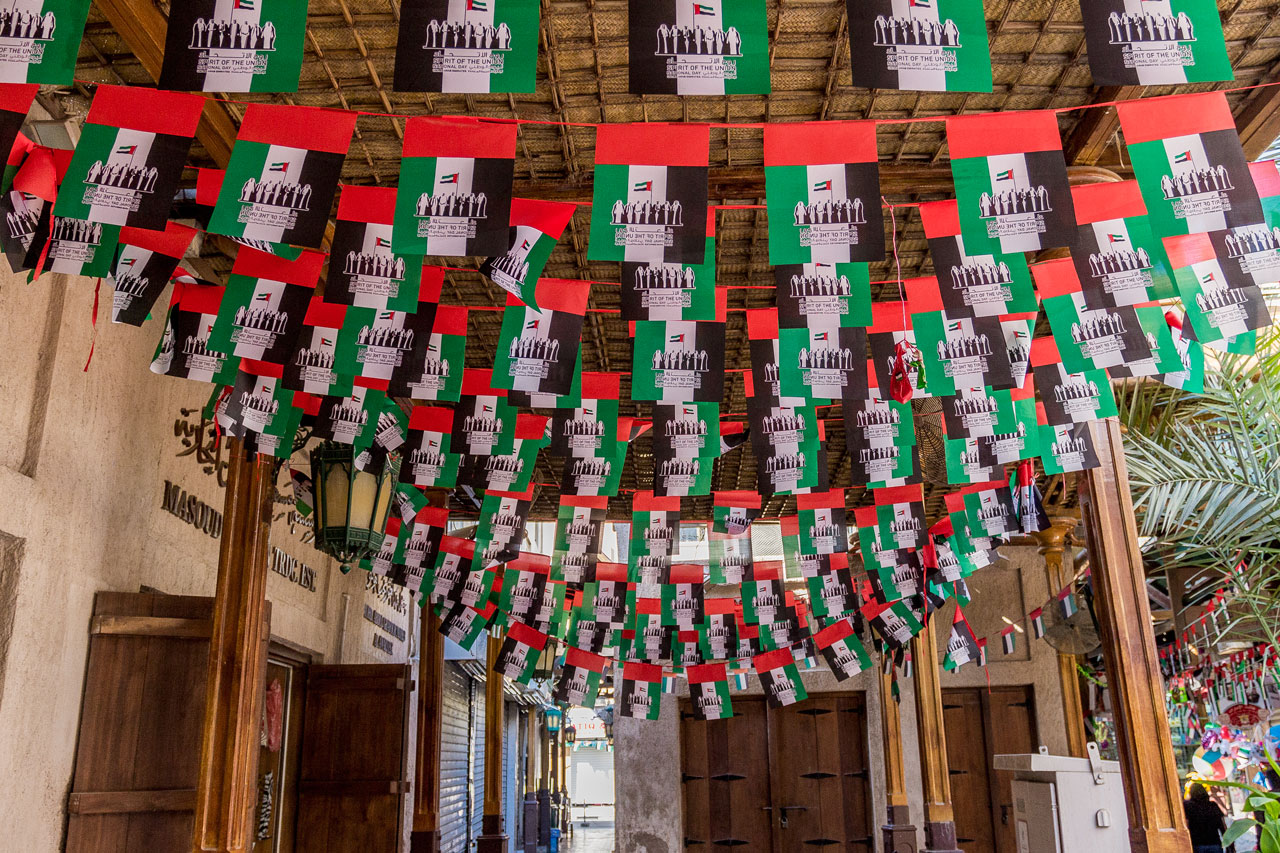
Judging by the looks, the houses seem quite old, although they have been restored. They are probably made mostly of a mixture of sand and clay.




The signs are of unreal beauty.


I imagine how difficult it is to carve Arabic ornaments out of wood.
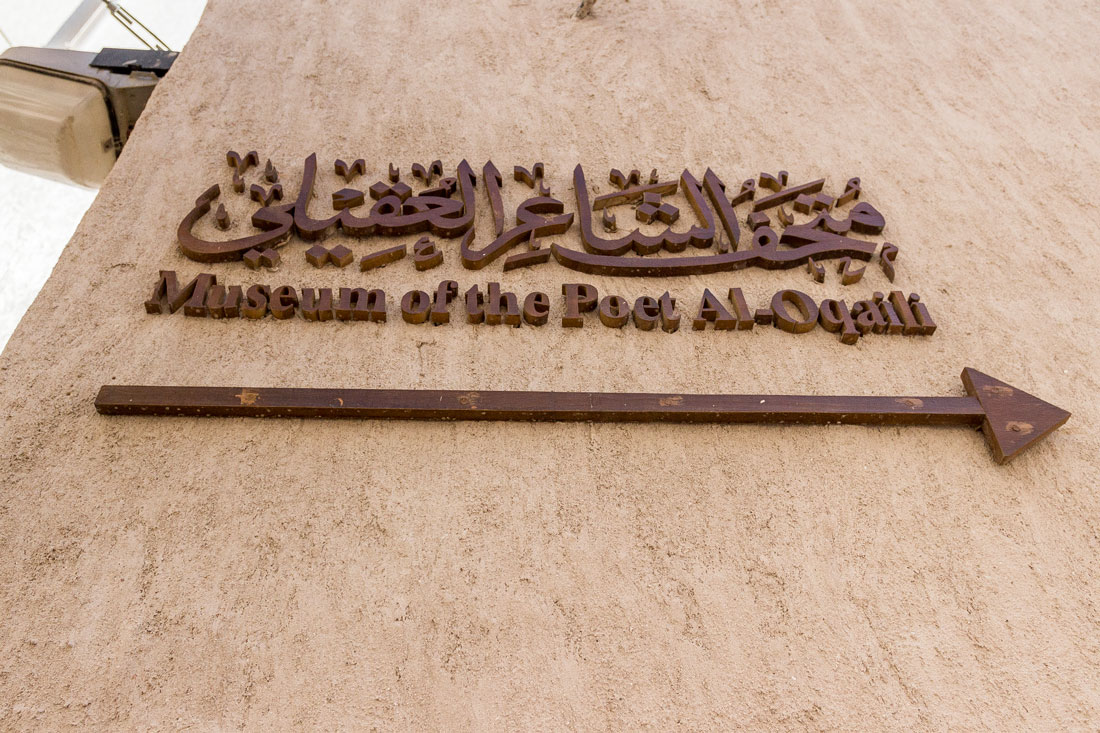
They demolished one of the houses in the center of the slums.

Harbor.

A lot of goods are brought here from Pakistan and Iran. It’s within arm’s reach, just a matter of crossing the Persian Gulf.
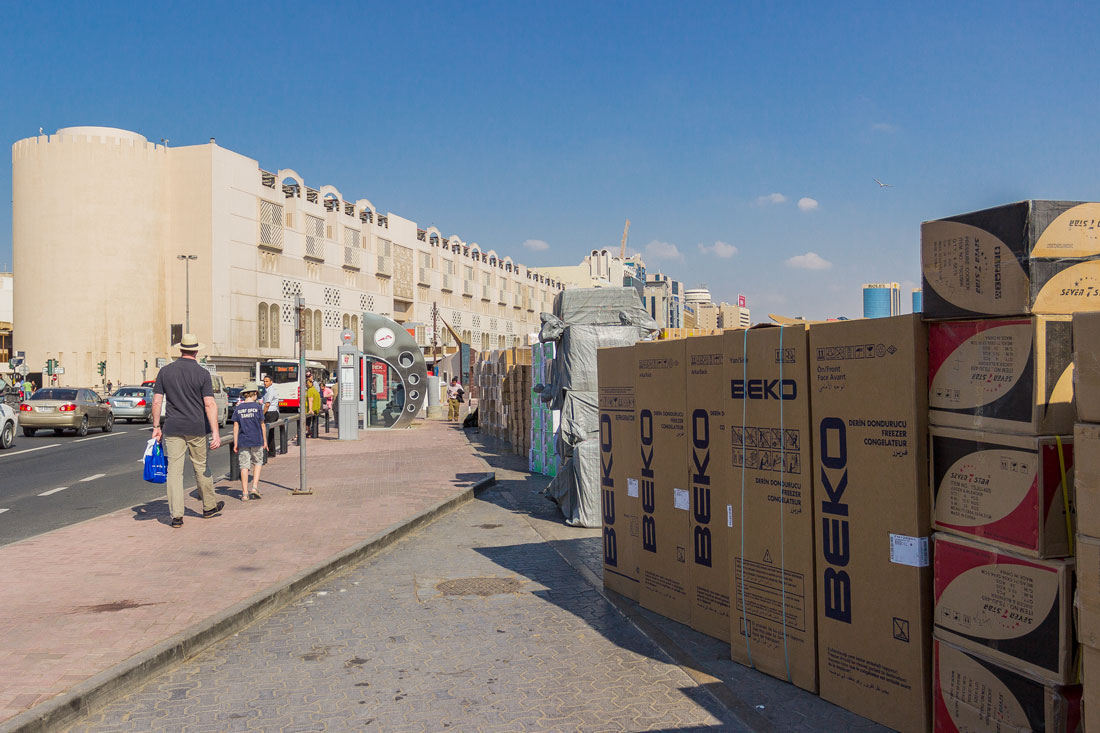


The ships are rusty wooden wrecks.

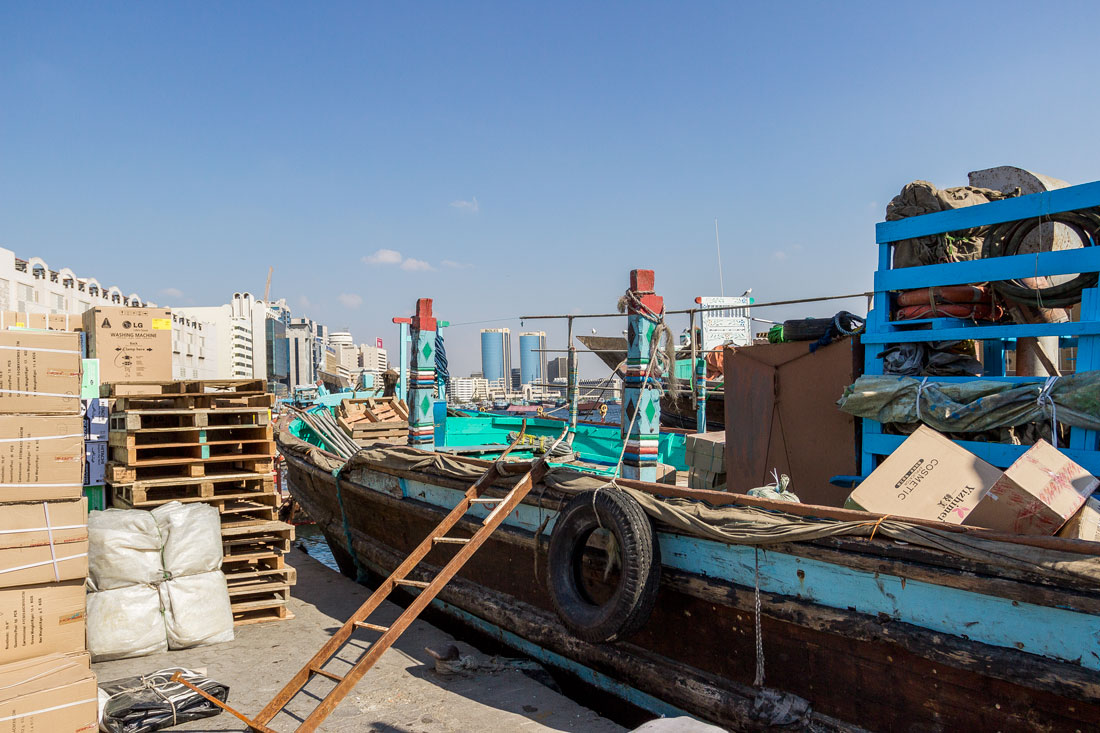

At the pier.
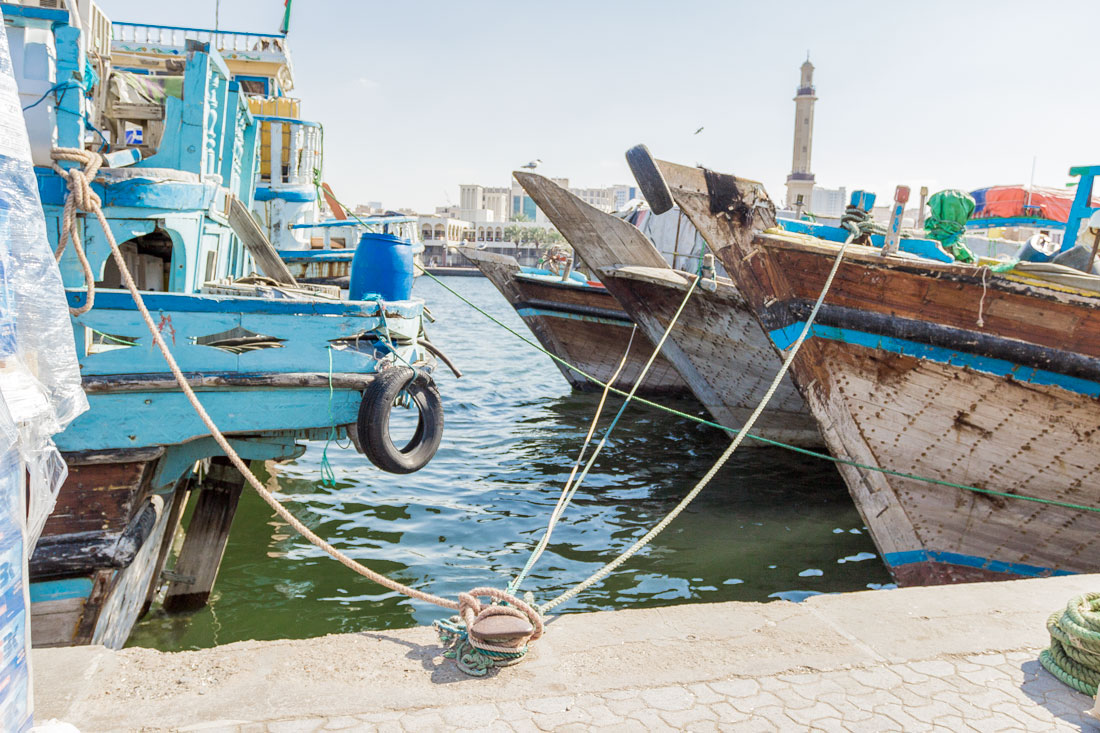
The captains are sitting.

View of the old town from the pier.
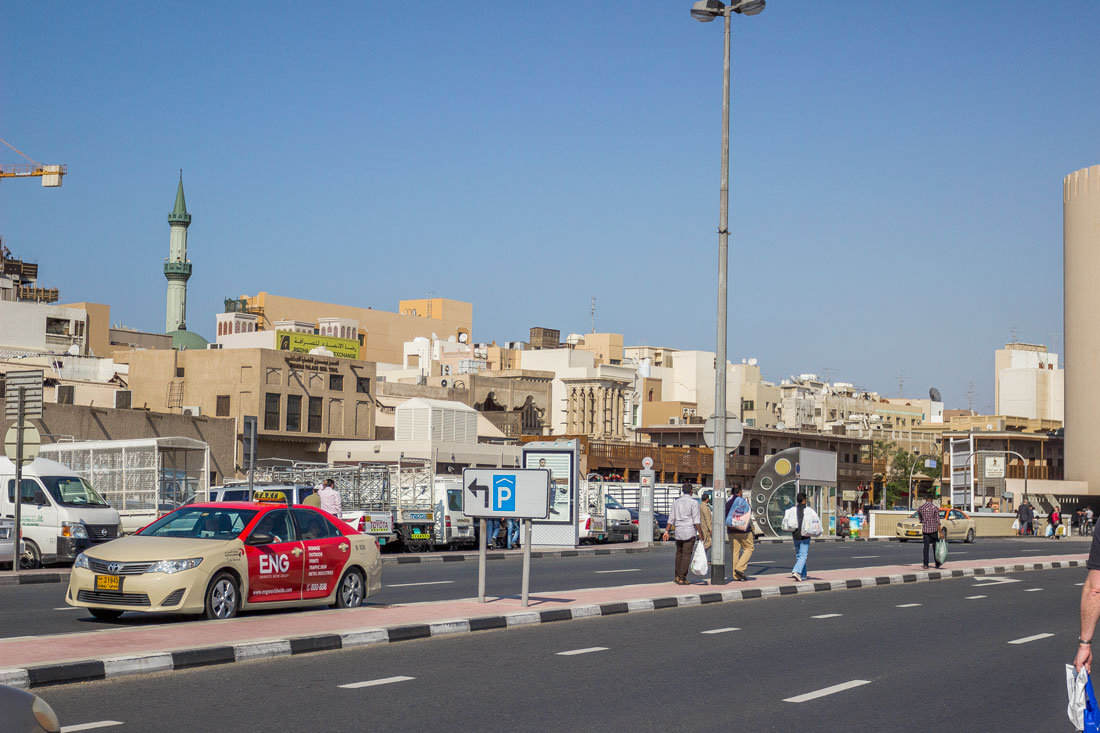
Couldn’t resist the temptation to climb onto the roof of one of the buildings. Chose a higher one, next to the mosque. Passed freely among the workers, went up to the top floor, opened a door, turned on the lights, climbed up the fire escape, and opened the hatch to the roof.
Piles of satellite dishes on rooftops and laundry on balconies.

View of the mosque and the old town. The minaret got slightly cut off on the right during the panorama assembly.
